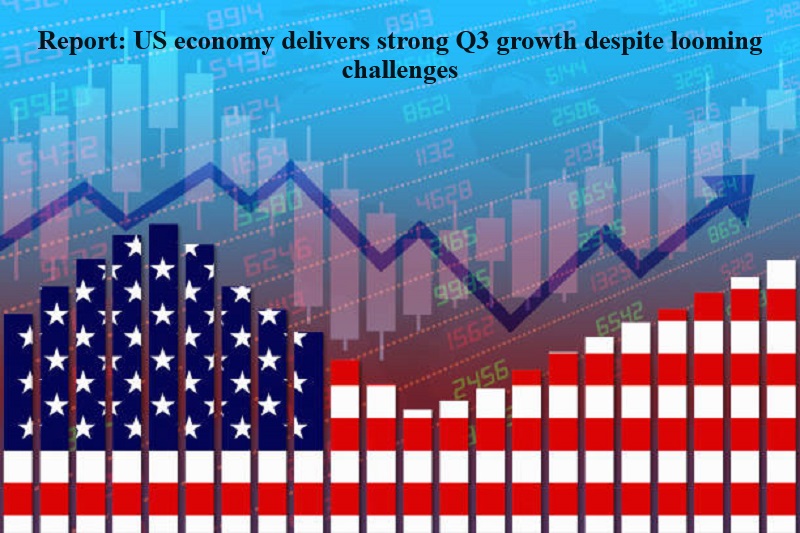
In a demonstration of its resilience, the U.S. economy expanded by nearly 5 percent in the third quarter of the year, defying earlier warnings of an impending recession.
This robust growth, the most rapid in nearly two years, was fueled by a combination of factors. These included higher wages, consistent consumer spending, and businesses replenishing their inventories to keep up with surging demand.
The residential sector witnessed a remarkable rebound in investment after experiencing nine consecutive quarters of contraction. Government spending also saw an uptick during this period, but business investment declined for the first time in two years. The reduction in business investment was attributed to a drop in spending on equipment, including computers.
Furthermore, the third quarter saw a significant decrease in underlying inflation, leading to expectations of a “soft-landing” for the economy.
Wage growth, although slightly slowing down, continued to outstrip inflation, resulting in increased purchasing power for households. However, the rise in personal taxes partially offset these wage gains, causing disposable income for households to decline by 1.0 percent. Consequently, consumers had to dip into their savings, leading to a drop in the savings rate from 5.2 percent in the second quarter to 3.8 percent.
Despite the current economic strength, potential challenges loom on the horizon. The resumption of student loan repayments, the delayed effects of recent interest rate hikes, and the United Auto Workers strikes have the potential to cast a shadow over growth prospects in the fourth quarter.

Post Your Comments